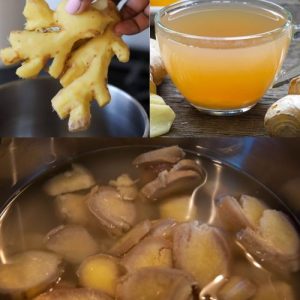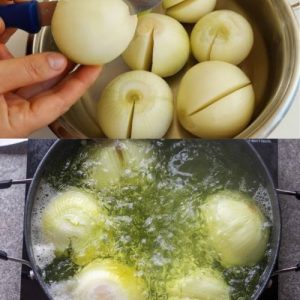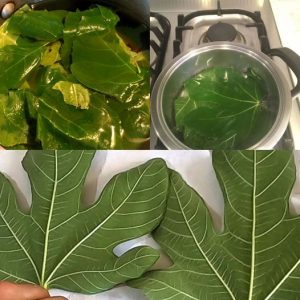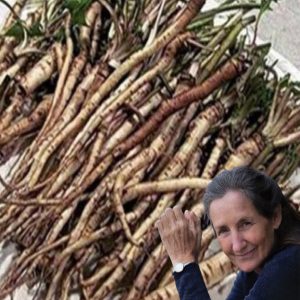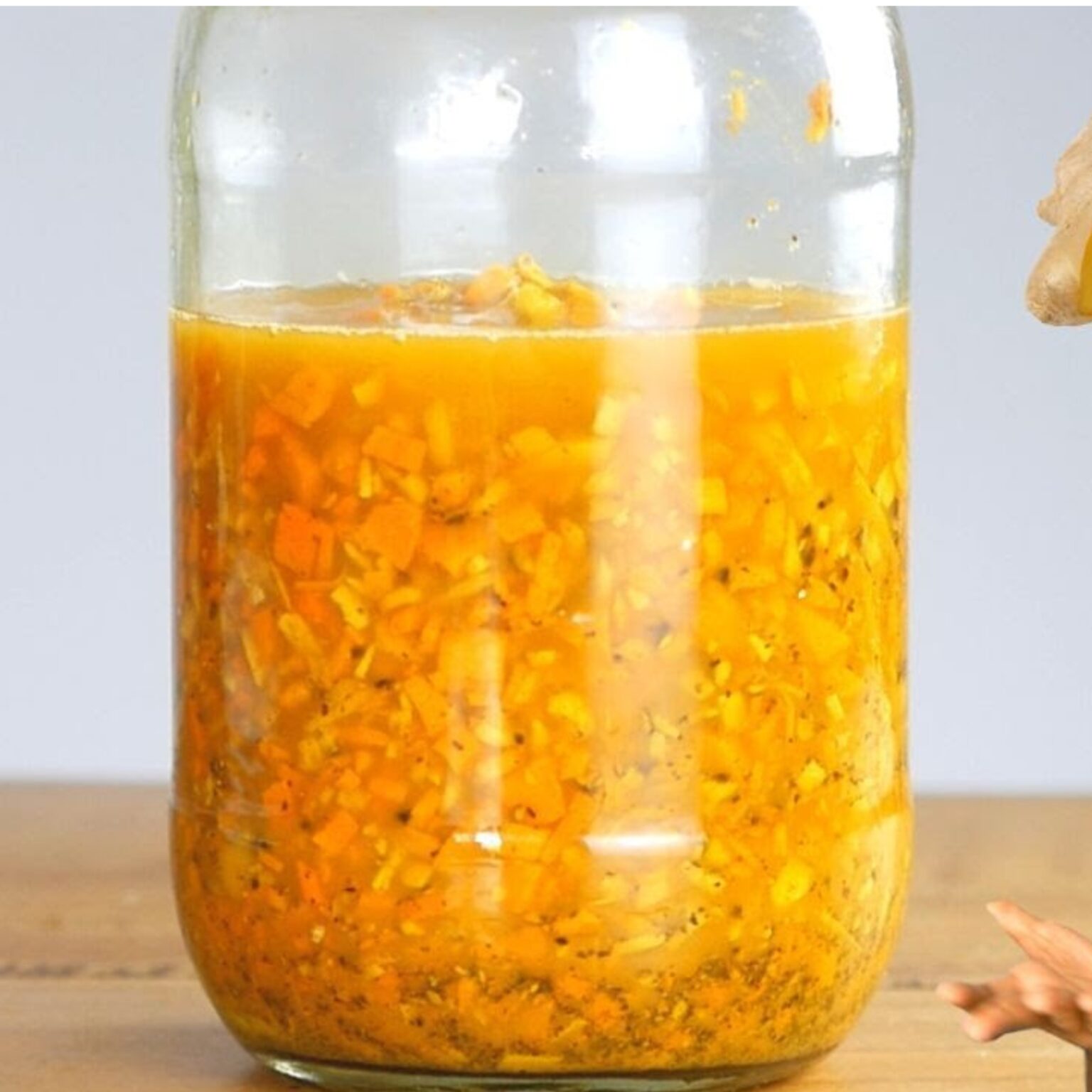
If you’re looking to add a burst of flavor and a boost of health to your meals, fermented turmeric ginger pickle is the way to go. This tangy and spicy condiment combines the health benefits of turmeric and ginger with the goodness of fermentation. It’s easy to make and can be enjoyed with a variety of dishes. Here’s how to create this delicious and nutritious pickle.
Why Fermented Turmeric Ginger Pickle?
**1. Health Benefits: Turmeric and ginger are known for their anti-inflammatory and antioxidant properties. Fermentation adds probiotics, which are great for gut health.
**2. Flavorful: This pickle packs a punch with its spicy, tangy, and slightly sour taste, adding excitement to any meal.
**3. Versatile: Use it as a condiment, add it to salads, sandwiches, or enjoy it with rice and curries.
Ingredients
100 grams fresh turmeric root, peeled and sliced thinly
100 grams fresh ginger root, peeled and sliced thinly
1 tablespoon sea salt (non-iodized)
1 cup filtered water (or enough to cover the ingredients)
1 teaspoon mustard seeds (optional)
1 teaspoon fenugreek seeds (optional)
2 tablespoons lemon juice (optional)
Instructions
1.Prepare the Ingredients:
Peel and thinly slice the turmeric and ginger roots. Wear gloves while handling turmeric to avoid staining your hands.
2.Mix with Salt:
In a bowl, combine the sliced turmeric and ginger with the sea salt. Mix well to ensure the salt is evenly distributed. Let it sit for about 30 minutes to draw out some moisture.
3.Add Spices (Optional):
If using mustard and fenugreek seeds, add them to the turmeric and ginger mixture. These spices enhance the flavor and add additional health benefits.
4.Pack the Jar:
Transfer the mixture into a clean, sterilized glass jar. Press down firmly to pack the slices tightly. Add filtered water to cover the turmeric and ginger completely. If using, add lemon juice for extra tanginess.
5.Fermentation Process:
Cover the jar with a tight-fitting lid. Place it in a cool, dark place to ferment. Check the pickle daily and press down if necessary to keep the slices submerged in the brine. Allow it to ferment for 5-7 days. The longer it ferments, the tangier it will become.
6.Taste and Store:
After 5-7 days, taste the pickle. If it has reached the desired tanginess, transfer the jar to the refrigerator to slow down the fermentation process. It will continue to develop flavor over time.
Additional Tips
Cleanliness: Ensure all utensils and jars are thoroughly cleaned and sterilized to avoid contamination.
Submersion: Keeping the turmeric and ginger submerged in the brine is crucial to prevent mold. Use a fermentation weight or a small, clean jar to weigh down the slices.
Storage: Store the fermented pickle in the refrigerator. It will keep well for several months.
Benefits of Fermented Turmeric Ginger Pickle
Anti-Inflammatory: Turmeric and ginger are powerful anti-inflammatory agents, helping to reduce inflammation in the body.
Digestive Health: Fermentation introduces beneficial probiotics that support gut health and improve digestion.
Immune Boost: The combination of turmeric, ginger, and probiotics can help boost the immune system.
Conclusion
Fermented turmeric ginger pickle is a fantastic addition to any kitchen. It’s easy to make, full of flavor, and incredibly healthy. Whether you’re looking to spice up your meals or boost your health, this pickle is a must-try. Enjoy the process of fermentation and the delightful taste of this vibrant, tangy condiment. Happy fermenting!
